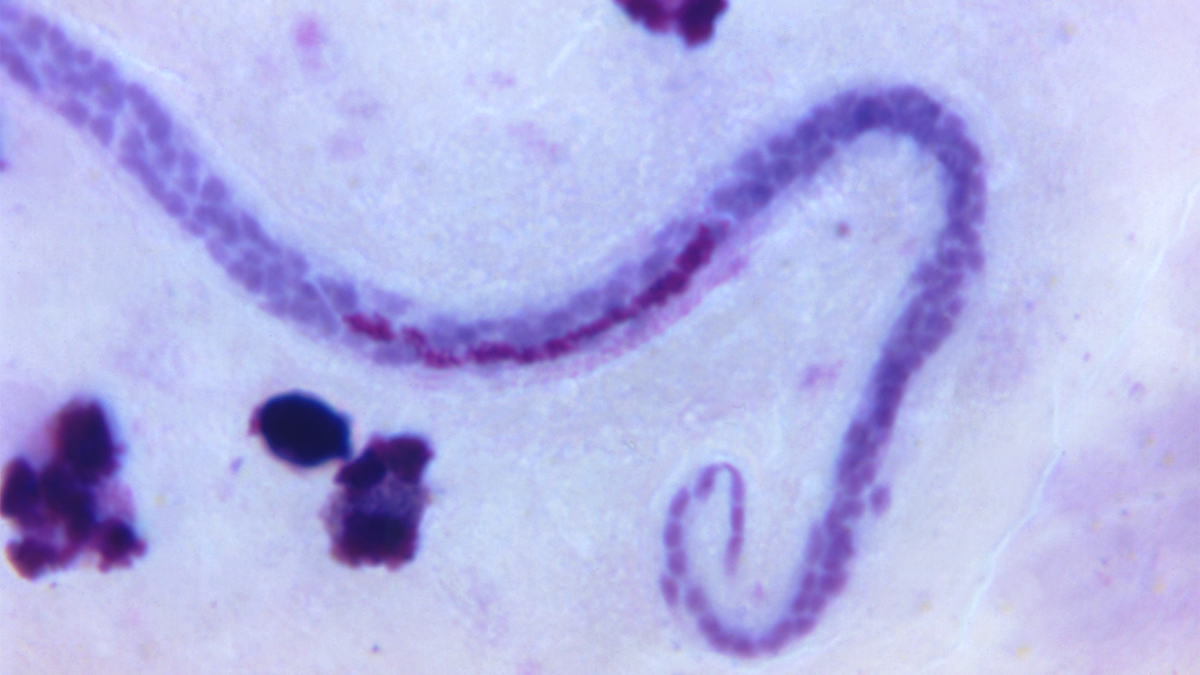Key points
- Most people with lymphatic filariasis never show symptoms.
- If you do show symptoms, they may not appear for several years.
- These late-appearing symptoms can include chronic, severe swelling of the legs, arms, breasts, and genitals.

Symptoms
The parasite that causes lymphatic filariasis attacks an infected person's lymph system. This system maintains the body's fluid balance and fights infections. Most people with lymphatic filariasis never develop any symptoms of the disease.
However, in about one out of three people, the disease can cause visible signs of infection, sometimes months and even years after the infection occurs.
These longer-term signs and symptoms may include
- Lymphedema, a swelling of the legs (severe cases are sometimes known as elephantiasis), arms, breasts, or genitalia.
- Hydrocele, or swelling in the scrotum in men.
- Hardening or thickening skin.
- Persistent coughing, wheezing or shortness of breath.
Secondary bacterial infections of the skin or lymph system. These secondary infections occur in people with chronic swelling and poor function of the lymph system, making it difficult for their bodies to fight germs and infections.
